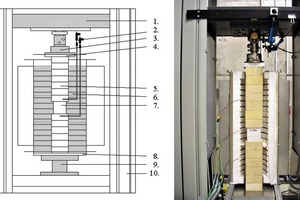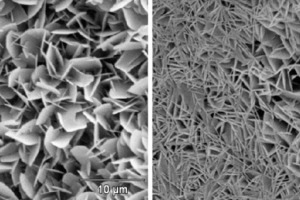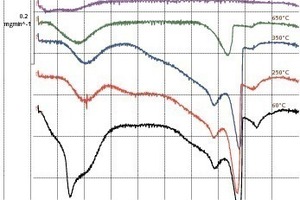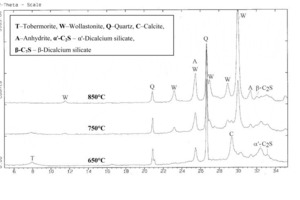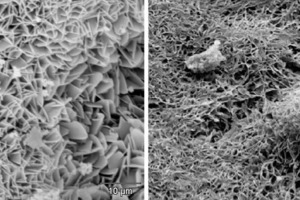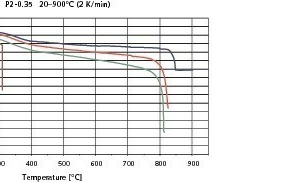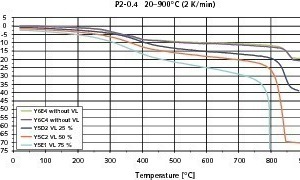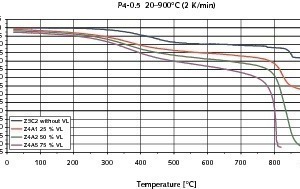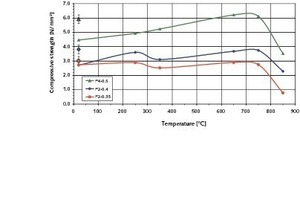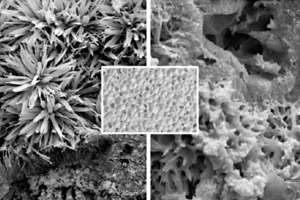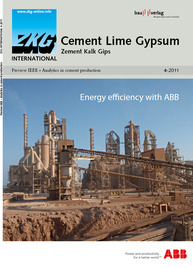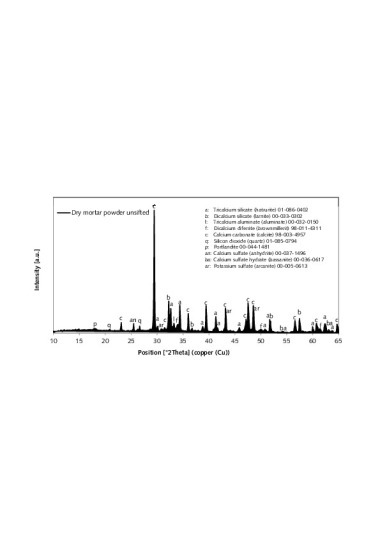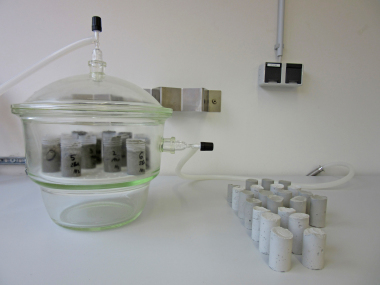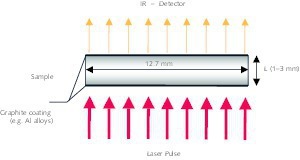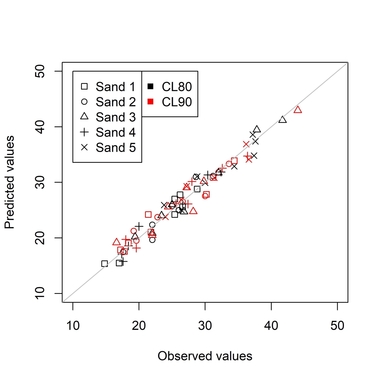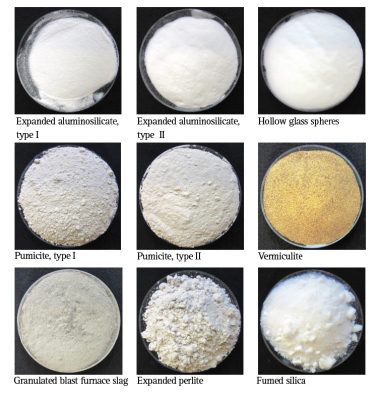Thermally induced changes in microstructure and their effects on the mechanical parameters of AAC
Summary: Investigations into the thermally induced changes in the microstructure of autoclaved aerated concrete (AAC) were compared with the systematic determination of the parameters of high temperature stressing of the three currently most widely used types of aerated concrete (P2-0.35; P2-0.4 and P4-0.5) to gain an insight into how masonry made of aerated concrete would behave in the case of fire. The determination of temperature-dependent building material parameters in AAC has made a contribution to the creation of a systematic material database for the application of engineering methods of structural fire protection in accordance with Eurocode 6, Part 1–2.
Autoclaved aerated concrete (AAC) is an inorganic, mineral, walling material that unites a very favourable combination of the parameters of bulk density, compressive strength and thermal conductivity. Quartz sand, lime and/or cement as the binder, gypsum and/or anhydrite (depending on the mix formulation) and water are required for its production. The building material acquires its characteristic porous structure through the addition of aluminium powder, which reacts in the aqueous alkaline environment with the evolution of hydrogen and foams the...

